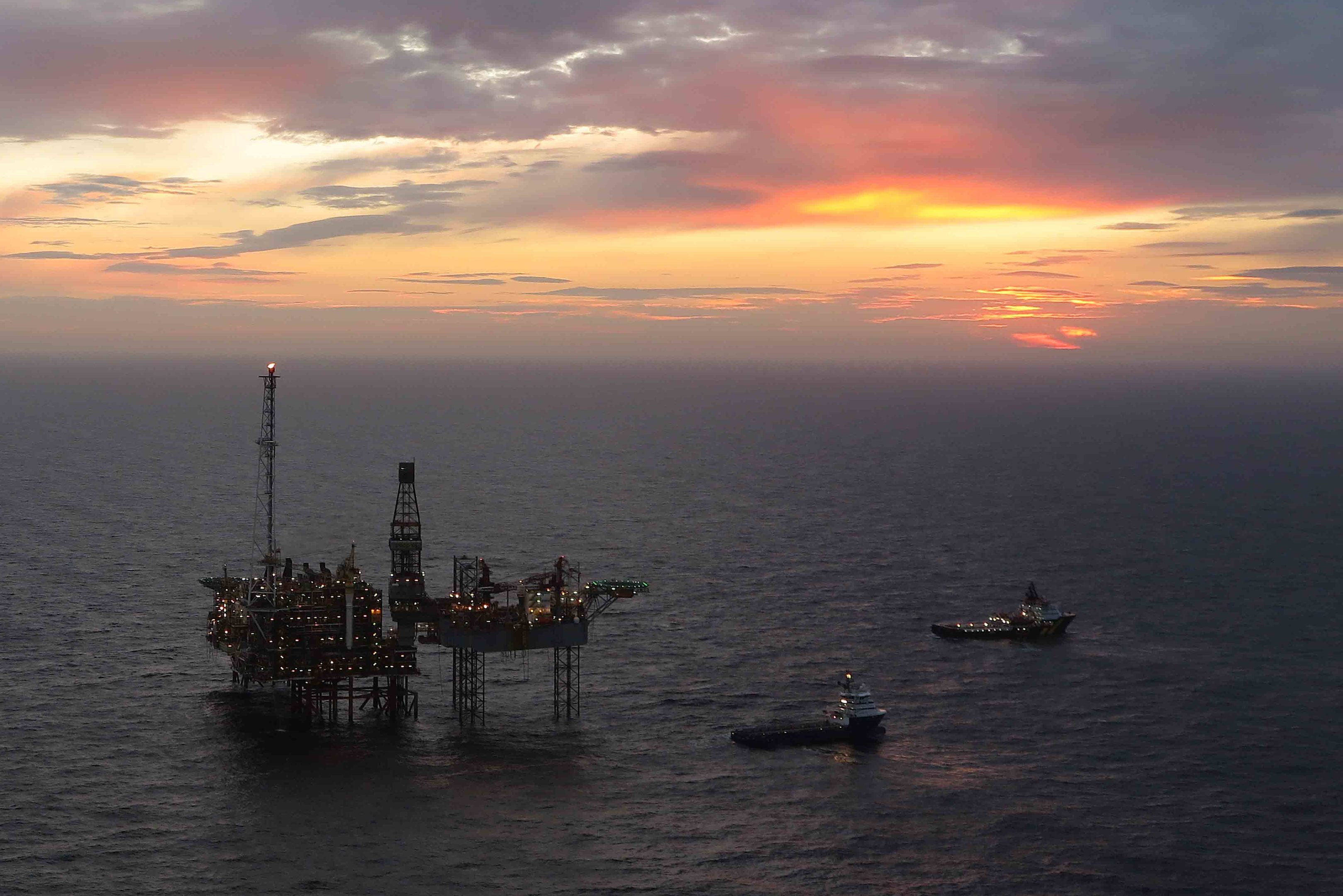A major electrification project for four major North Sea oil and gas production hubs now has a December 2028 target date for first power.
Fresh details of the Central North Sea Electrification (CNSe) project from Harbour Energy, TotalEnergies, Shell and BP are disclosed in a scoping report by energy consultancy Xodus.
They include landfall locations and information about new infrastructure to be built.
There are details, for example, of a 200ft offshore converter station, as well as a new bridge-linked platforms which may be added to the existing oil and gas installations.
CNSe will be one of the first projects in the UK to power platforms with electricity, rather than diesel or gas generators – which are the main pollutants offshore.
Xodus says in its report that CNSe “will deliver a significant reduction in greenhouse gas emissions” at the four sites – BP’s Etap, TotalEnergies’ Elgin-Franklin, Harbour Energy’s Judy and Shell’s Shearwater production hubs.
The project secured a grid connection offer in September 2022.
CNSe is targeting Q1 2027 for the start of onshore construction and offshore installation. It is anticipated the project will be ready for first power in December 2028.
Comstruction work will see major new infrastructure installed, including a new platform between Elgin, Judy, Etap and Shearwater, and potential additions to these assets, as well as hundreds of miles of cable laid down.
It may also be required that two of the oil and gas hubs have new bridge-linked platforms installed in order to handle the power conversion infrastructure, though the report does not specify which of the four. The topsides would be up to 170ft high, on 89ft tall jackets.
Hundreds of miles of cables needed
CNSe is a power-from-shore project which will require hundreds of miles of cables to supply electricity to the platforms.
Three potential landfall sites for the cables have been identified in Aberdeenshire; one at Sandford Bay, Peterhead, and two at Longhaven. These were chosen following an “extensive review of technical engineering, commercial, planning and socio-environmental factors”. A single location will be selected following further surveys.
Uultimately, the chosen landfall design will be subject to an Aberdeenshire Council planning application.
Xodus’ report also assesses impacts on areas like wildlife and shipping, as well as potential overlap with other energy developments.
Green Volt – an offshore wind development from Flotation Energy and Vargronn – is one such project, while the study notes a “potential” impact to shipping and navigation.
To mitigate this, a navigational risk assessment will be carried out.
Fighting North Sea emissions by 2030
The North Sea electrification scheme comes as the industry attempts to meet targets agreed with the UK Government. These include a 50% cut in emissions by 2030, against a 2018 baseline. For assets which will be producing beyond that time, electrification is seen as vital to hit those goals.
Xodus highlights that 71% of total UK upstream emissions in 2018-2020 were attributable to power generation, with the remainder mainly from flaring and venting.
Replacing fuel gas combustion for power generation with national grid power from shore is, therefore, seen as “essential” for hitting the 2030 target.
The report does not go into detail on the expected CO2 reduction for each hub.
Subsidised
The project will also be eligible for subsidy from the UK Government under current legislation via the energy profits levy, also known as the windfall tax. A revision in November 2022, which widened the scope of the levy, introduced an electrification sweetener.
For every £100 firms on such decarbonisation projects, they will receive £109.25 back.





Conversation